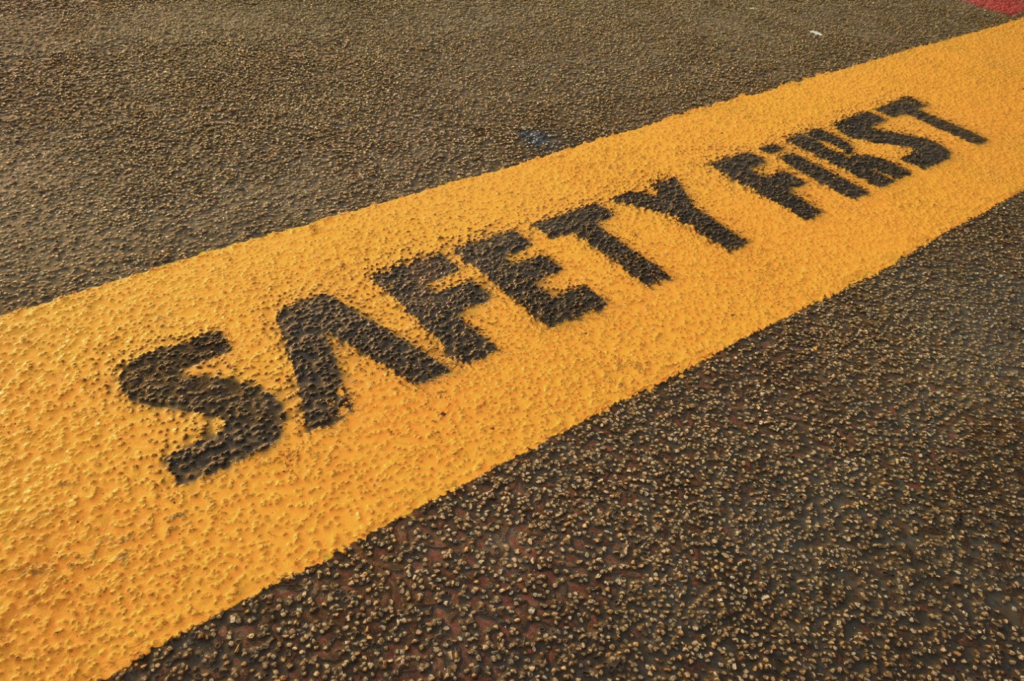Many shop owners love shiny, brand-spanking-new machines, always looking ahead to their next big equipment purchase. While there’s certainly value in buying the latest technology, we encourage manufacturing decision-makers not to overlook the small investments that can make a big difference. Simple upgrades in safety and comfort can greatly impact the efficiency of your team.
By utilizing ergonomic solutions and investing in equipment that makes shop floor employees’ jobs easier, manufacturing leaders can protect employees, reduce workplace injuries, and boost overall productivity.
The Role of Ergonomics in Workplace Safety
Reducing workplace injuries
Manufacturing safety starts with ensuring team members are not exposed to unnecessary risks. Repetitive tasks, heavy lifting, and standing on concrete floors for long periods of time can lead to injuries, missed workdays, decreased morale, and even higher turnover. Integrating ergonomic solutions improves comfort, lowers the risk of injuries, and significantly reduces strain on workers.
Improving employee retention and satisfaction
With many shops struggling to hire and retain skilled workers, creating a comfortable and safe work environment is essential. Employees are far more likely to stay with a company that prioritizes their well-being—and for good reason. Today’s machine shops must focus on manufacturing safety not only to reduce turnover but also to attract new talent seeking an employer that values them.
Ergonomic Solutions for a Safer Machine Shop
1. Padded mats for comfort and injury prevention
Standing for long hours on hard concrete floors can lead to fatigue and joint pain, among other long-term health issues. In a recent discussion on NTMA Connect, our community shared insights on the best options for padded mats and alternative solutions, including:
- 1-inch thick foam mats for cushioning and support
- Fiberglass or protruded grating mats for durability—many of our members have had positive experiences sourcing these from Grainger!
- Interlocking wood pieces for a customized, sturdy solution
2. Carts and automated material handling systems
Rather than requiring employees to manually transport heavy parts, implementing rolling carts or robotic material handling solutions can improve workplace safety. This not only minimizes the risk of injuries but also improves manufacturing efficiency by speeding up the movement of parts.
3. Clear walkways and organized workspaces
Structure and organization play a key role in machine shop safety. Keeping walkways clear of obstacles reduces tripping hazards, while properly storing tools and materials prevents unnecessary strain on employees searching for what they need.
Looking for ways to improve your shop layout? Our members frequently discuss how to organize a machine shop for maximum safety and efficiency on our online community platform. Join the conversation on NTMA Connect!
4. Automation for repetitive and physically taxing work
While automation is often associated with increasing production, it also enhances safety. Consider an employee whose role requires him to load 40 pounds of material into a machine dozens of times a day. Performing this motion over and over could eventually lead to fatigue and injury.
Using robotic arms for heavy lifting or part loading helps employees like this avoid repetitive strain, thus significantly reducing the risk of long-term injuries.
Don’t Wait Until It’s Too Late

It’s common for manufacturers to have blinders on when it comes to injury prevention; it’s not something that comes up often (hopefully!), so oftentimes, it doesn’t become a priority until it’s too late. The key to a successful safety strategy is continuous improvement and vigilance. Machine shop leaders should regularly assess workstations and invest in training opportunities to keep safety best practices up to date.
Some NTMA members have also had great success by implementing suggestion boxes and safety planning committees. Who better to ask for tips to improve safety, comfort, and overall satisfaction than the individuals on the shop floor? Engaging employees in this process can yield invaluable insights and help team members feel heard, seen, and appreciated. The results? Improved productivity, reduced risk, and positive workplace morale—that sounds worth it to us!
The Bottom Line: Safety = Productivity
It doesn’t take a mathematician to understand this equation! Enhancing manufacturing safety isn’t just about compliance—it’s about creating an environment where employees can perform at their best. Investing in ergonomic solutions and proactively addressing risks leads to:
- Fewer workplace injuries and compensation claims.
- Improved worker satisfaction and retention.
- Higher overall productivity and efficiency.
By treating safety and ergonomics as key drivers of productivity, owners can create a shop where employees thrive and the business flourishes.
Want to learn more? Explore other machine shop resources from NTMA to help improve your business’s safety and efficiency.